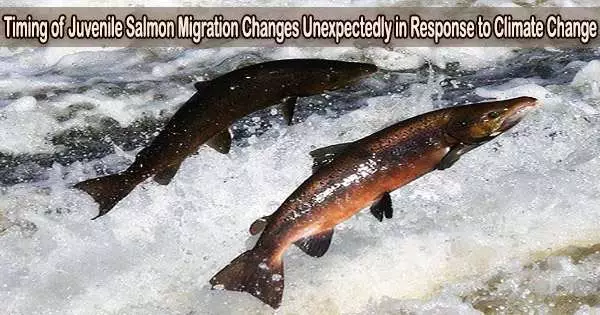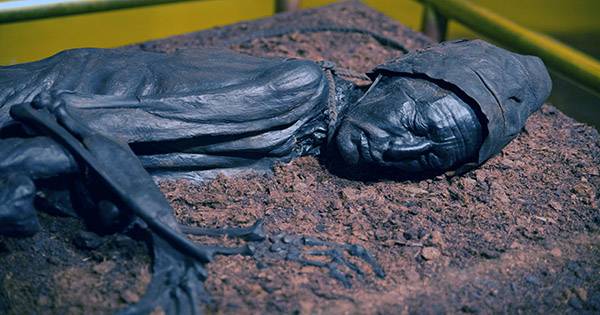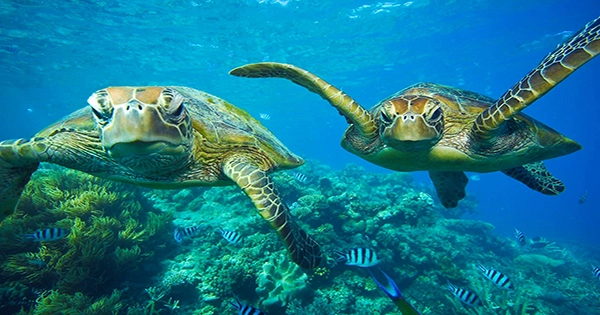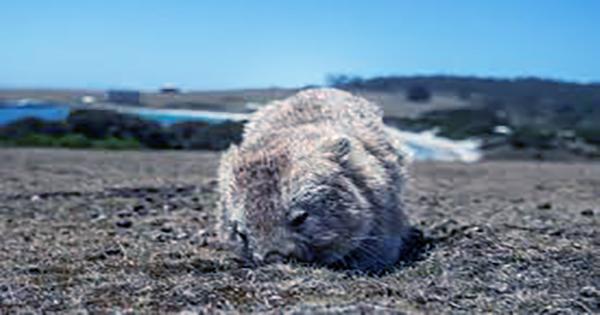Wildflowers and ocean plankton have experienced early spring blooms as a result of climate change, but the effects on salmon migration are more convoluted, suggests new research. Salmon are anadromous fish, meaning they are born in freshwater, migrate to the ocean to mature, and then return to freshwater to spawn.
In a new study, published in the journal Nature Ecology & Evolution, Simon Fraser University (SFU) researcher Sam Wilson led a set of diverse collaborators from across North America to compile the largest dataset in the world on juvenile salmon migration timing.
The dataset includes 66 populations from Oregon to B.C. to Alaska. Each dataset was at least 20 years in length with the longest dating back to 1951. Only wild salmon, and not salmon from hatcheries, were included.
Sam Wilson, a postdoctoral researcher in the Salmon Watersheds Lab at SFU and lead author on the review, says, “Field scientists from many different organizations work really hard to collect data on the migration of smolts, day after day, year after year. Bringing this data together really showcases the importance of long-term monitoring.”
Climate change is here and it is changing salmon and their ecosystems. Many of these changes are going to be unpredictable, which calls for the protecting of salmon biodiversity and their habitats.
Jonathan Moore
The time of the migration for many salmon species has significantly changed during the past 20 years or more. When compared to other species, pink and chum salmon showed the quickest rates of change, migrating seven days sooner every decade on average.
However, a closer examination of the data revealed that variance within salmon species was greater than variation between them. With the climate and geographic information already available, these population-specific alterations were unpredictable.
“We were really surprised. Yes, there were really strong signals of climate change as many salmon tended to be migrating earlier, but it was incredibly variable and unpredictable.” Dr. Wilson says.
According to the study, some groups migrated earlier in response to the same level of warming, while others exhibited no change or even migrated later in the year.
The number of adults that return can be significantly impacted when the timing of juvenile salmon migrations and food availability coincide. This generates the best conditions for surviving those first few months in the ocean.
Salmon do not appear to be responding to changes in the coastal waters, which could lead to additional mismatches as a result of future climate change, according to the researchers.
Dr. Matthew Sloat, co-author of the review and director of science at the Wild Salmon Center, notes that one important accomplishment of the study was to bring scientists and datasets together.
“This study brought together more than 50 scientists from government and community organizations, with everyone contributing their expertise and data to better understand this important, but often overlooked life stage.”
“It also shows the importance of long-term datasets,” he says.
“Long term monitoring projects are expensive and logistically challenging to run, and yet are increasingly important to better our understanding of how climate change may be effecting salmon.”
Knowing which species or populations may be more at risk as ecosystems continue to change might help conservation efforts be prioritized. According to study co-author Jonathan Moore, a precautionary management strategy is critical for the long-term conservation of ecologically, culturally, and commercially significant species like Pacific salmon when those changes are challenging to foresee.
“Climate change is here and it is changing salmon and their ecosystems,” says Moore, a professor with the Salmon Watersheds Lab in the Faculty of Science at SFU. “Many of these changes are going to be unpredictable, which calls for the protecting of salmon biodiversity and their habitats.”
















